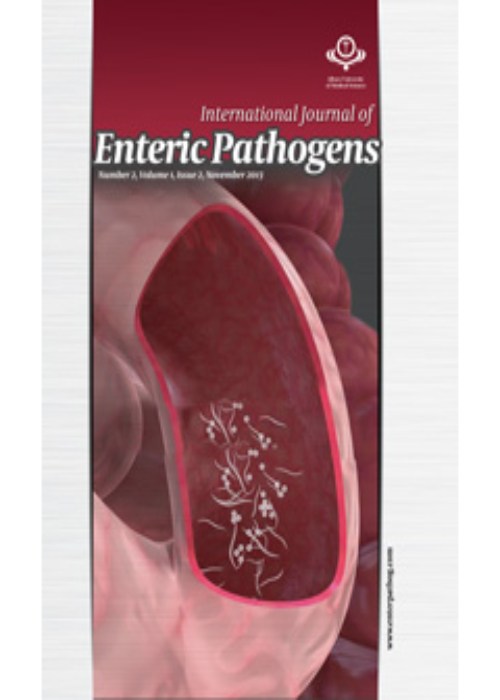Investigating the Potential of the Essential Oil Nanoemulsion of Zataria multiflora Boiss. on the Gene Expression of stx1A and stx2A in Escherichia coli as a Foodborne Pathogen
Several occurrences of infections and intoxications have been globally announced as a result of the Escherichia coli contamination of foodstuffs. In addition, the emergence of antibiotic resistance in different geneses of bacteria is becoming a major concern for public/ medical health authorities and researchers.
Accordingly, this study determined the minimum inhibitory concentration (MIC) and minimum bactericidal concentration (MBC) of the essential oil (EO) nanoemulsion (NEO) of Zataria multiflora Boiss against E. coli. Finally, different sub-MIC concentrations of the NEO of zataria EO on the growth rate and the gene expression of stx1A and stx2A were investigated as well.
Oil in water NEO was formed by the phase inversion technique. The mean diameter of droplets and the zeta potential of NEO were determined, and then the MIC and MBC of EO and NEO were estimated using the broth microdilution method. Eventually, the growth rate and expressions of the stx1A and stx2A genes of E. coli were evaluated after exposure to various sub-MICs.
Based on the results, carvacrol was the main constituent of the EO, and NEO droplets had an average size of 61.5 nm and a zeta potential of -27 mV. Further, the MIC values of EO and NEO were 0.45 ± 0.17 and 0.25 ± 0.10 mg/mL, and their MBCs were found 0.55 ± 0.20 and 0.30 ± 0.05 mg/mL, respectively. Furthermore, NEO expressed a stronger inhibitory effect against E. coli growth compared to pure EO. At 75% MIC of EO, the transcriptional rate of stx1A and stx2A decreased 2.24 and 2.66 times at the end of the 72-hour period compared with the control, respectively. After 72 hours, treatment with 75% MIC of NEO resulted in the downregulation of stx1A and stx2A as 4.75 and 4.80 fold, respectively.
The greater activity of the NEO of Z. multiflora Boiss. in comparison with pure EO for slowing down the growth of E. coli and Shiga toxin production shows its potential as a novel ‘green’ food-grade preservative.
- حق عضویت دریافتی صرف حمایت از نشریات عضو و نگهداری، تکمیل و توسعه مگیران میشود.
- پرداخت حق اشتراک و دانلود مقالات اجازه بازنشر آن در سایر رسانههای چاپی و دیجیتال را به کاربر نمیدهد.


